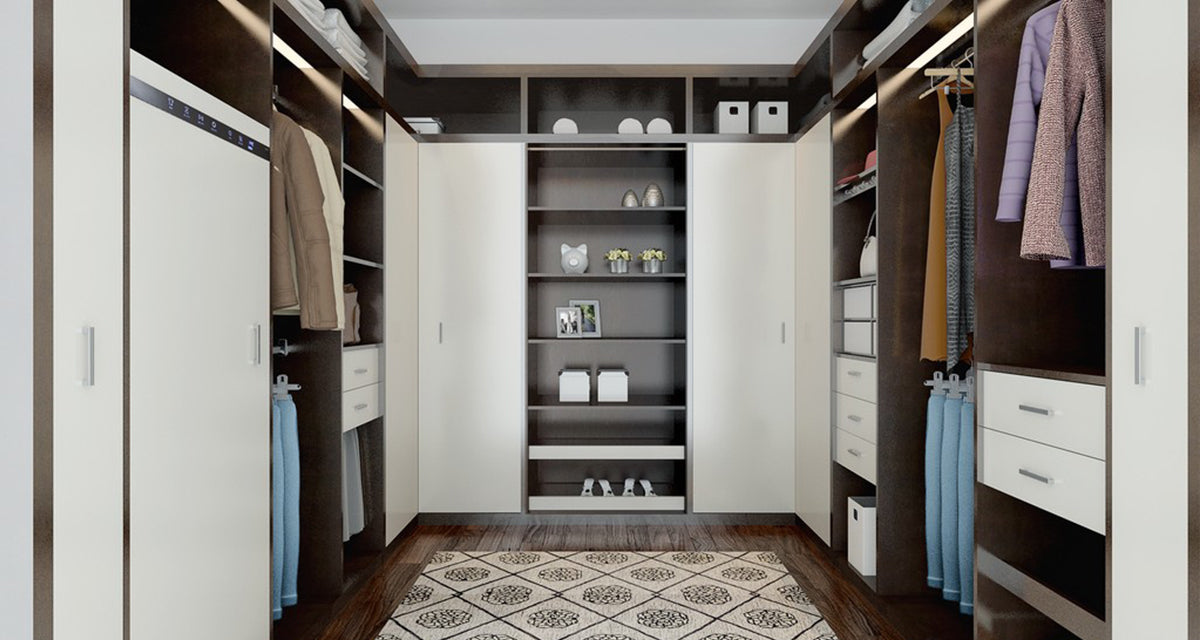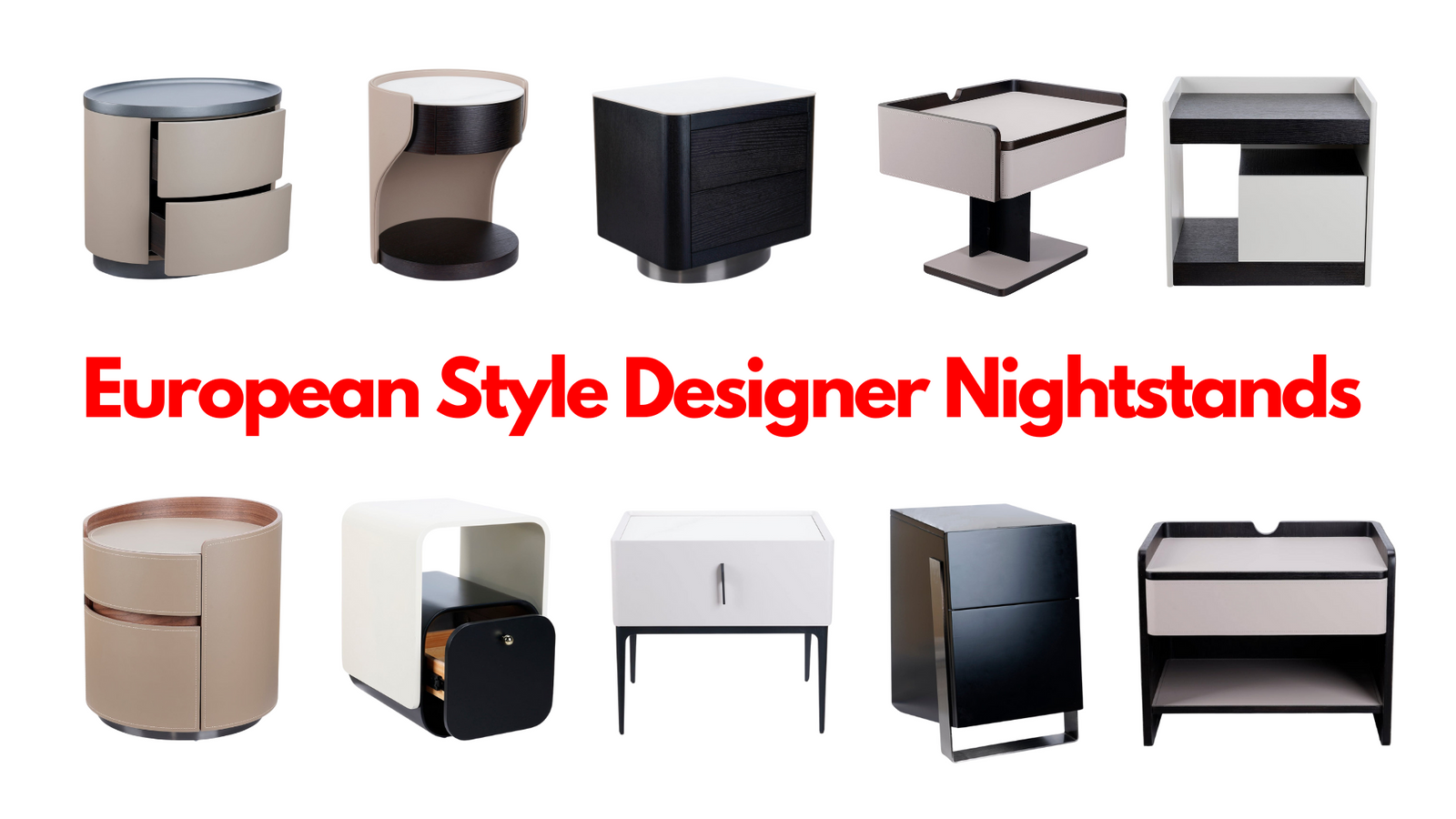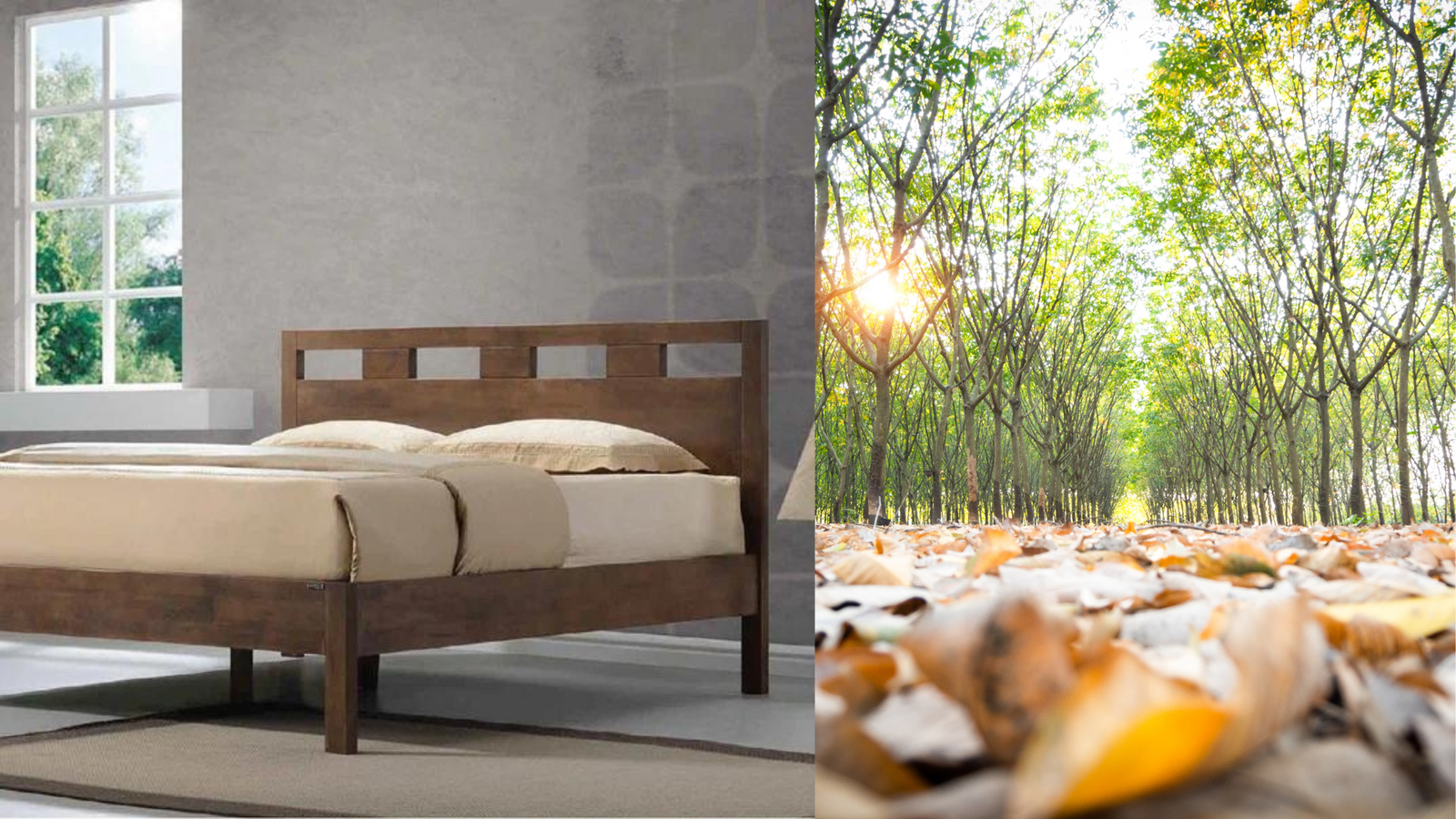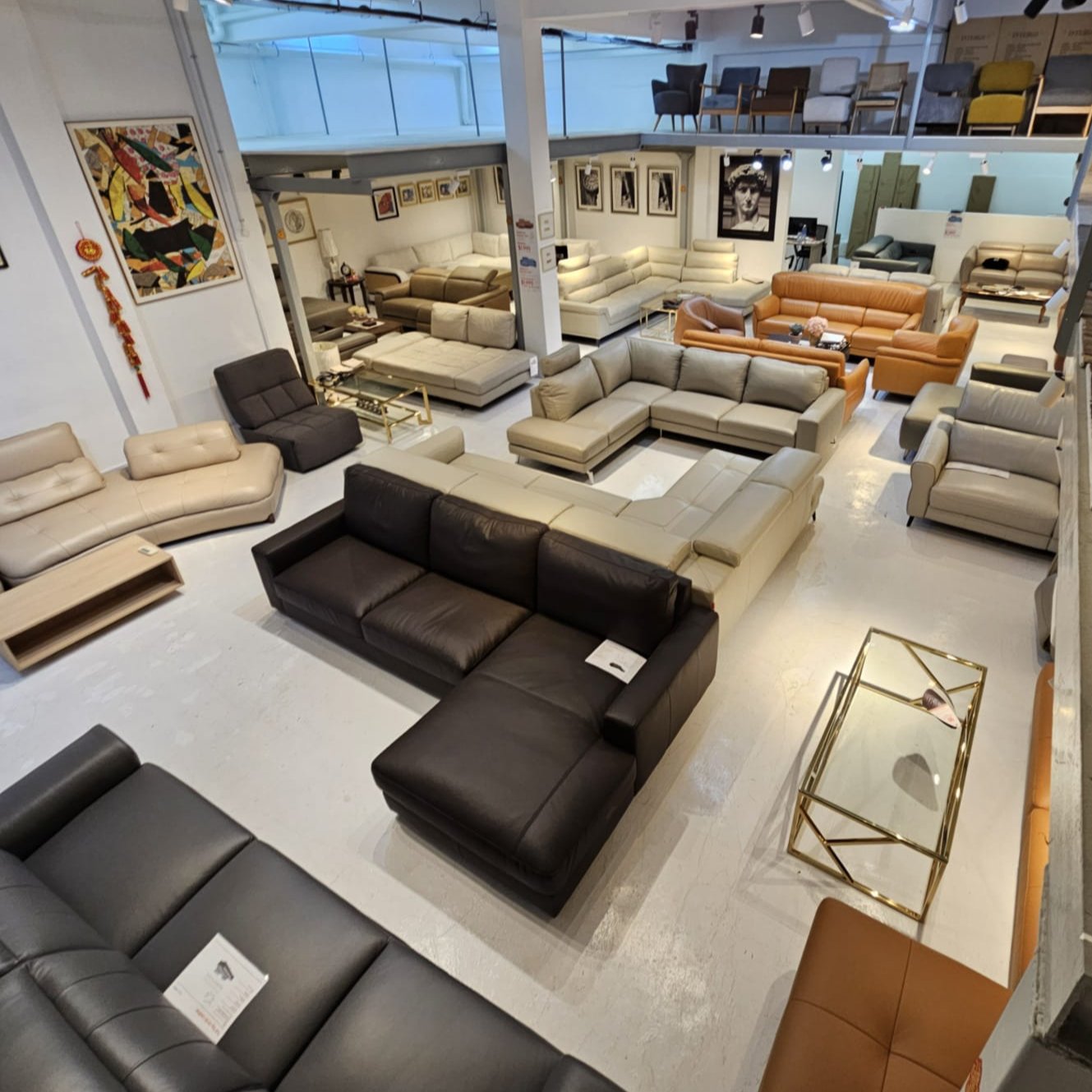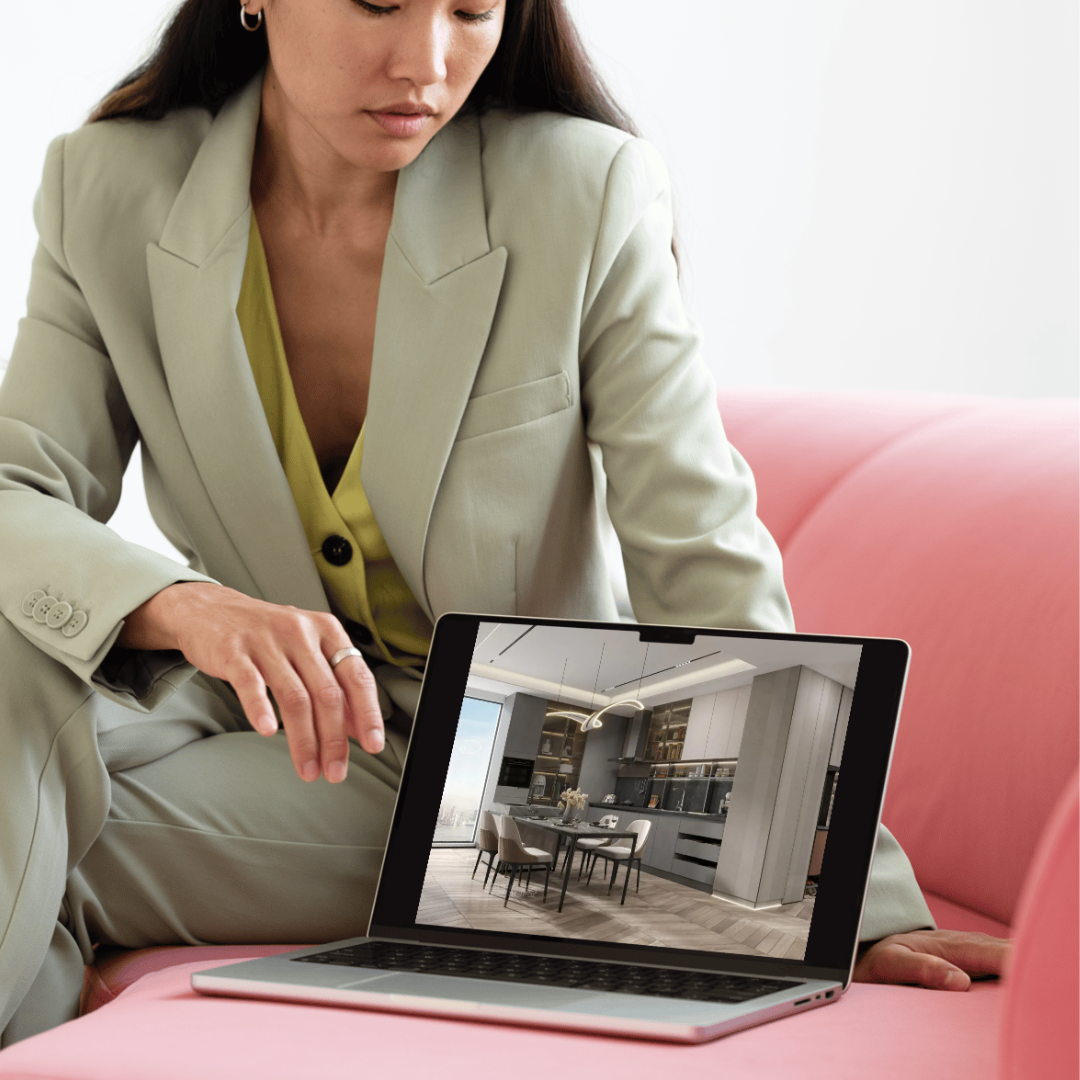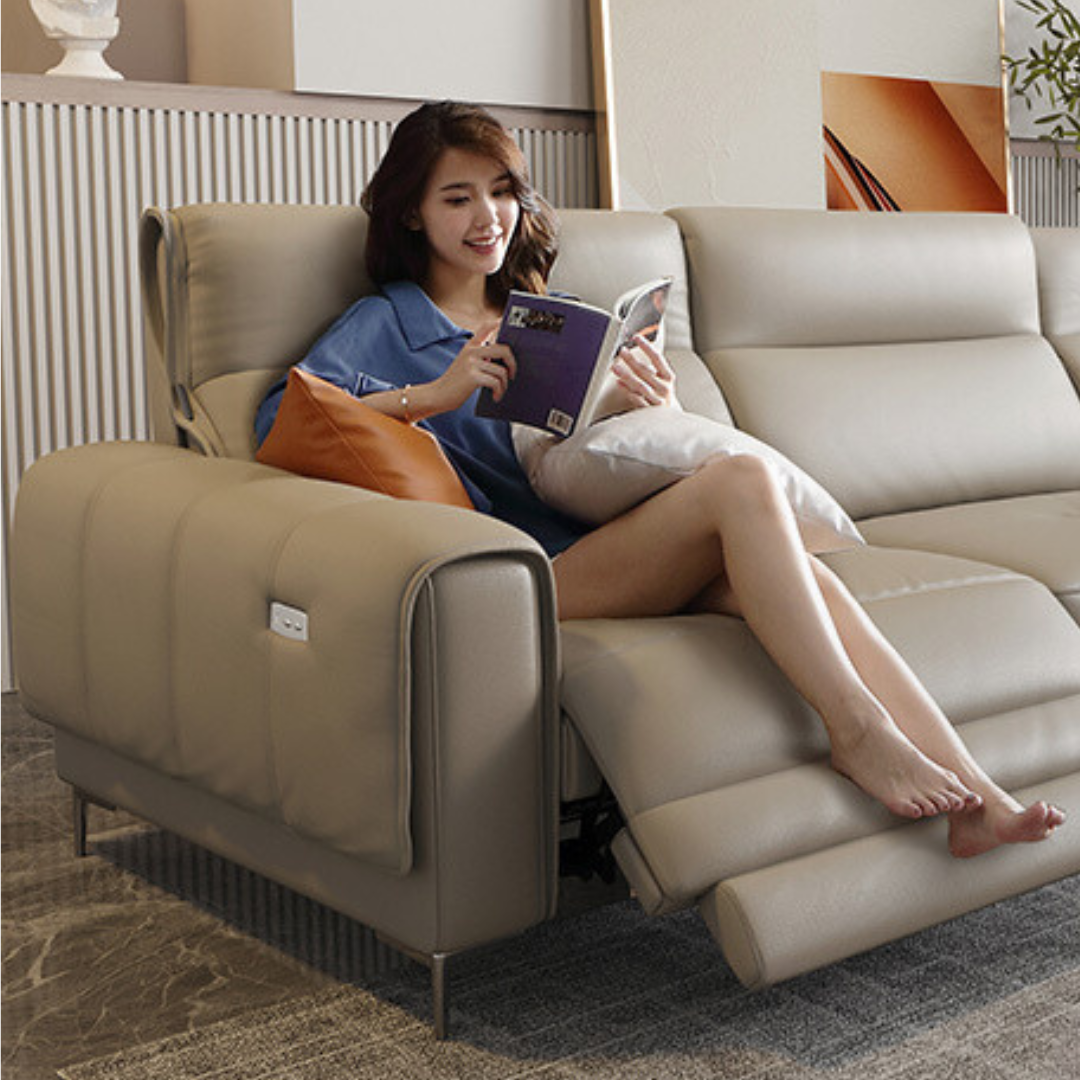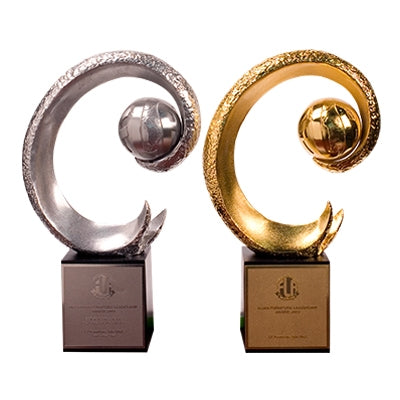Designing a walk-in wardrobe involves careful planning and consideration of various key features to create a functional, organized, and visually appealing space. Here are the key features to consider when designing a walk-in wardrobe:
1. Space and Layout:
Assess the available space and determine the layout of the walk-in wardrobe. Consider the dimensions, ceiling height, and any architectural elements that may impact the design.
2. Storage Zones:
Divide the walk-in wardrobe into distinct storage zones, such as hanging space for clothes, shelves for accessories, and drawers for folded items. This organization will make it easier to locate and access belongings.
3. Hanging Space:
Allocate sufficient hanging space for clothing, including full-length hanging for dresses and coats and double hanging for shirts and pants. Consider the height of the hanging rods to accommodate different types of clothing.
4. Shelving and Drawers:
Incorporate adjustable shelving and drawers to provide versatile storage options for folded clothes, shoes, bags, and accessories. Adjustable shelves allow for customization as storage needs change over time.
5. Shoe Storage:
Dedicate an area for shoe storage, such as shelves, cubbies, or shoe racks. Consider the number of shoes to be stored and plan the shoe storage accordingly.
6. Lighting:
Ensure adequate lighting throughout the walk-in wardrobe. Consider a combination of natural light, overhead lighting, and task lighting in specific areas like shelves and dressing areas.
7. Mirrors:
Integrate mirrors into the design for dressing and evaluating outfits. Full-length mirrors or mirrored doors on cabinets can visually expand the space and provide functionality.
8. Dressing Area:
Incorporate a dressing area with a seat or ottoman for trying on shoes and outfits. This dedicated space will enhance the functionality and convenience of the walk-in wardrobe.
9. Ventilation:
Provide proper ventilation to prevent musty odors and maintain a fresh atmosphere within the walk-in wardrobe.
10. Material Selection:
Choose durable and easy-to-maintain materials for the walk-in wardrobe. Opt for materials that complement the overall style of the room.
11. Hooks and Accessories:
Consider adding hooks or hanging bars for accessories such as scarves, belts, and ties.
12. Vanity Area:
If space allows, consider including a vanity area with a mirror and storage for makeup and grooming essentials.
13. Décor and Aesthetics:
Decide on the overall design theme and color scheme for the walk-in wardrobe. Coordinating the décor with the rest of the bedroom or dressing area creates a seamless and cohesive look.
14. Security:
If storing valuable items, consider adding a lock or security feature to protect belongings.
15. Accessibility:
Ensure that all storage areas are easily accessible and at comfortable heights for the users.
16. Organization Systems:
Consider using organizational systems such as drawer dividers, baskets, and clothing hangers to keep the walk-in wardrobe tidy and efficient.
By carefully considering these key features, you can design a walk-in wardrobe that optimizes space, enhances organization, and complements your lifestyle and aesthetic preferences. Prioritize functionality and usability to create a walk-in wardrobe that adds convenience and luxury to your daily routine.
Top Wardrobes Questions
- Wardrobes with Integrated Shoe Racks: How can you efficiently store and display shoes in a wardrobe?
- Wardrobe Door Track Systems: Which type of door track system is suitable for smooth and silent door movement?
- Wardrobe with Built-in Drawers: What are the advantages of having drawers incorporated into a wardrobe design?
- Wardrobes for Kids' Rooms: How can you design a functional and playful wardrobe suitable for children's needs?
- Built-in Wardrobes vs. Freestanding Wardrobes: Which option offers better customization and space utilization?
- Walk-in Wardrobes: What are the key features to consider when designing a walk-in wardrobe?
- Wardrobe Lighting: What are the best lighting options to illuminate the contents of a wardrobe effectively?
- How Wide Should a Wardrobe Door Be for Easy Access?
- Swing Doors vs. Sliding Doors: Which type of wardrobe doors is better for small spaces?
Follow our facebook page for the latest deals.

